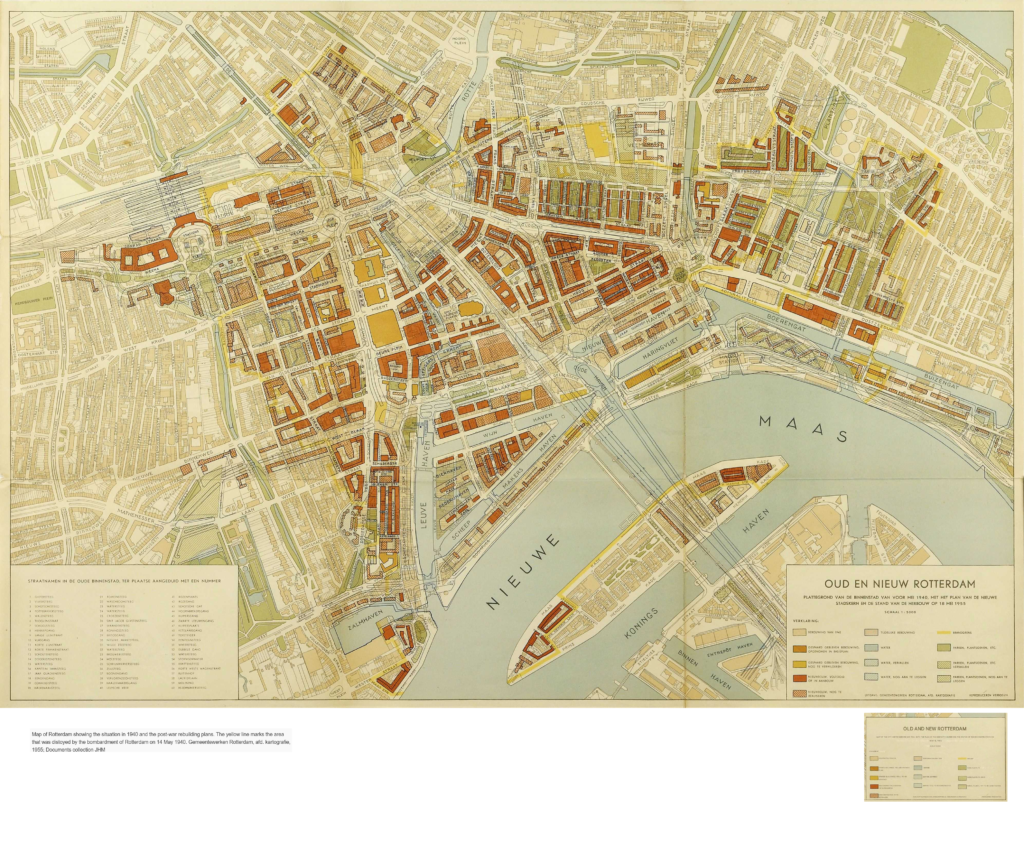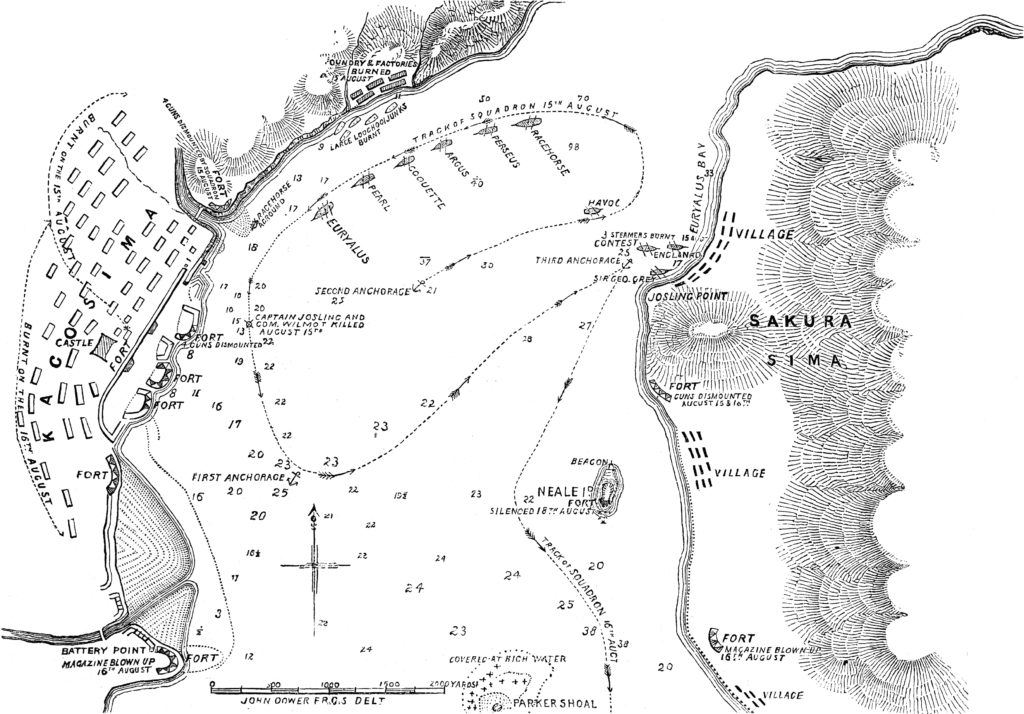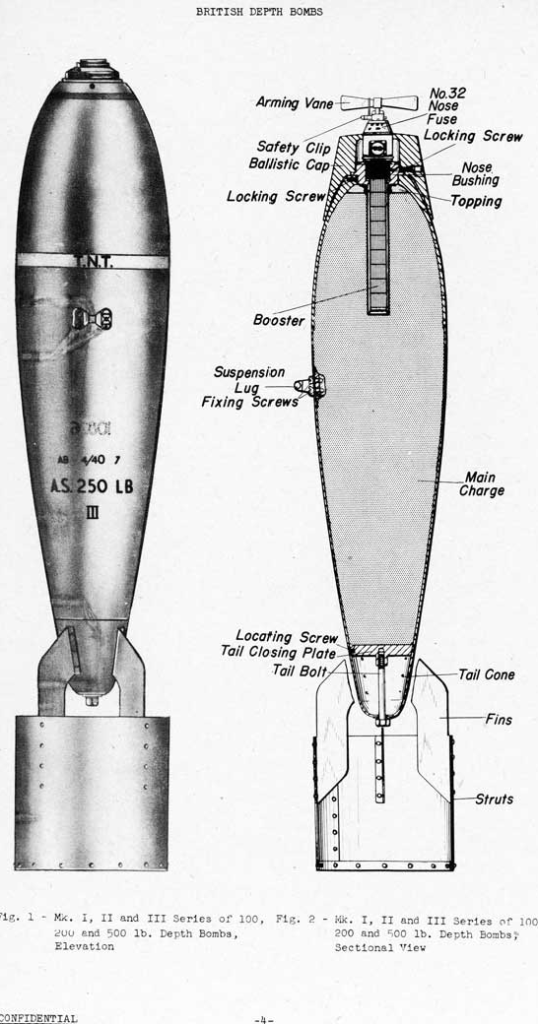The Vault 2.0
An Authoritative Source for UXO Data
Introducing the Vault 2.0
Since 2012, Ordtek has successfully delivered projects across Europe, Asia Pacific, and the US, amassing a vast collection of UXO data known as Vault 2.0. This repository includes thousands of primary historical sources, such as mine maps from both World Wars, ship logs, handwritten air raid reports, and previous UXO desktop studies.
A vast quantity of UXO technical specifications, research papers, military exclusion zone maps, and modern UXO Disposal (EOD) tasks round out this unique resource. Our dedicated team of UXO data archivists and historians meticulously curate this data to ensure credibility and accuracy, providing us with the essential tools for the most effective UXO risk management and advisory service.
While already extensive, the Vault 2.0 is continuously evolving, with our archivists constantly seeking out additional reliable data from trusted sources including national and local archives, libraries, military institutions, and museums. This ensures we remain at the forefront of UXO risk management, maintaining access to the most up-to-date and comprehensive global data available.

Smarter Mitigation
This extensive archive and our in-house expertise gives Ordtek valuable insight into the likelihood of encountering UXO or chemical warfare agents (CWA) in a given study area, often before even beginning the initial Hazard Assessment.
Ordtek has substantial experience in offshore UXO risk management, having worked in 30 countries, which provides us with a deep understanding of regional UXO risks. An added advantage of the Vault 2.0 is that even in areas where local UXO data may be scarce, we can draw on data held in other regions, ensuring comprehensive risk assessments even in relatively unexplored territories.

From Data to Decision: How we use the Vault 2.0
Ordtek’s eight-phase UXO risk management framework offers our clients thorough solutions, from project concept to construction, ongoing maintenance, and decommissioning. The first three phases are UXO Hazard Assessments, UXO Risk Assessments & Mitigation Strategies. To begin, we identify the client’s operational area and consult the Vault 2.0 to assess relevant UXO data previously recorded in the region.
We analyse the Vault 2.0 data and tailor it to each project, providing a customized assessment of UXO hazards in the study area. These hazards are mapped as GIS shapefiles, highlighting areas that may require special mitigation efforts, such as zones with potential low-ferrous mines or chemical warfare agents.
These findings are visually represented and carefully examined during the UXO Hazard Assessments to inform the Risk Assessment and the corresponding risk mitigation strategy, ensuring the appropriate measures are implemented in line with ALARP principles.The specificity of the Vault 2.0 data allows us to provide more flexible, targeted, timely, and cost-effective mitigation strategies.

Empowering Better Outcomes
In summary, the Vault 2.0 significantly enhances the accuracy and efficiency of our work, empowering us to deliver superior risk management solutions. These solutions are backed by years of historical data, cutting-edge research, and invaluable lessons learned from our global operations.
By leveraging advanced analytics and real-time insights, the Vault 2.0 ensures that our clients receive the most reliable and up-to-date strategies, allowing them to navigate complex risk landscapes with confidence.

